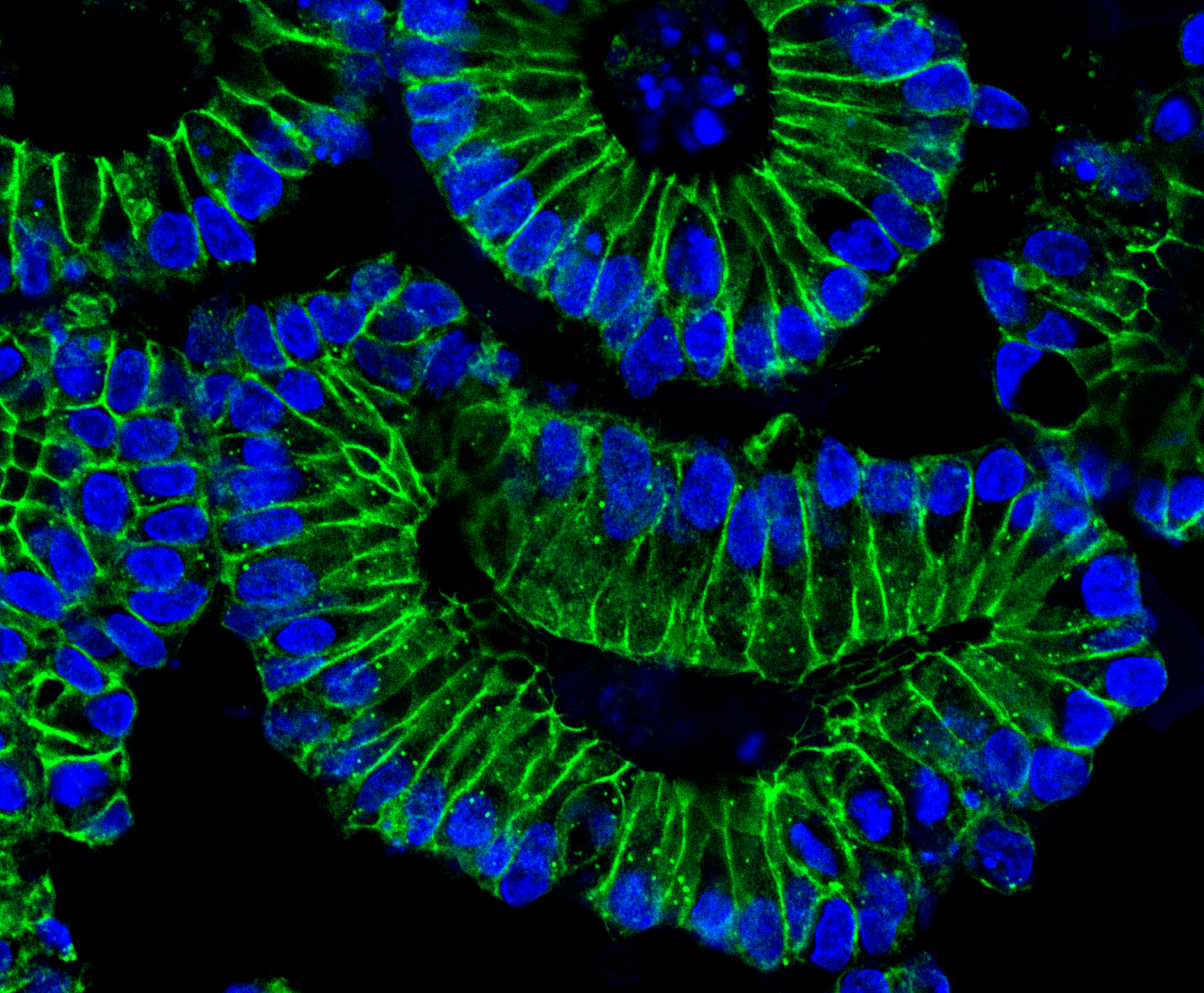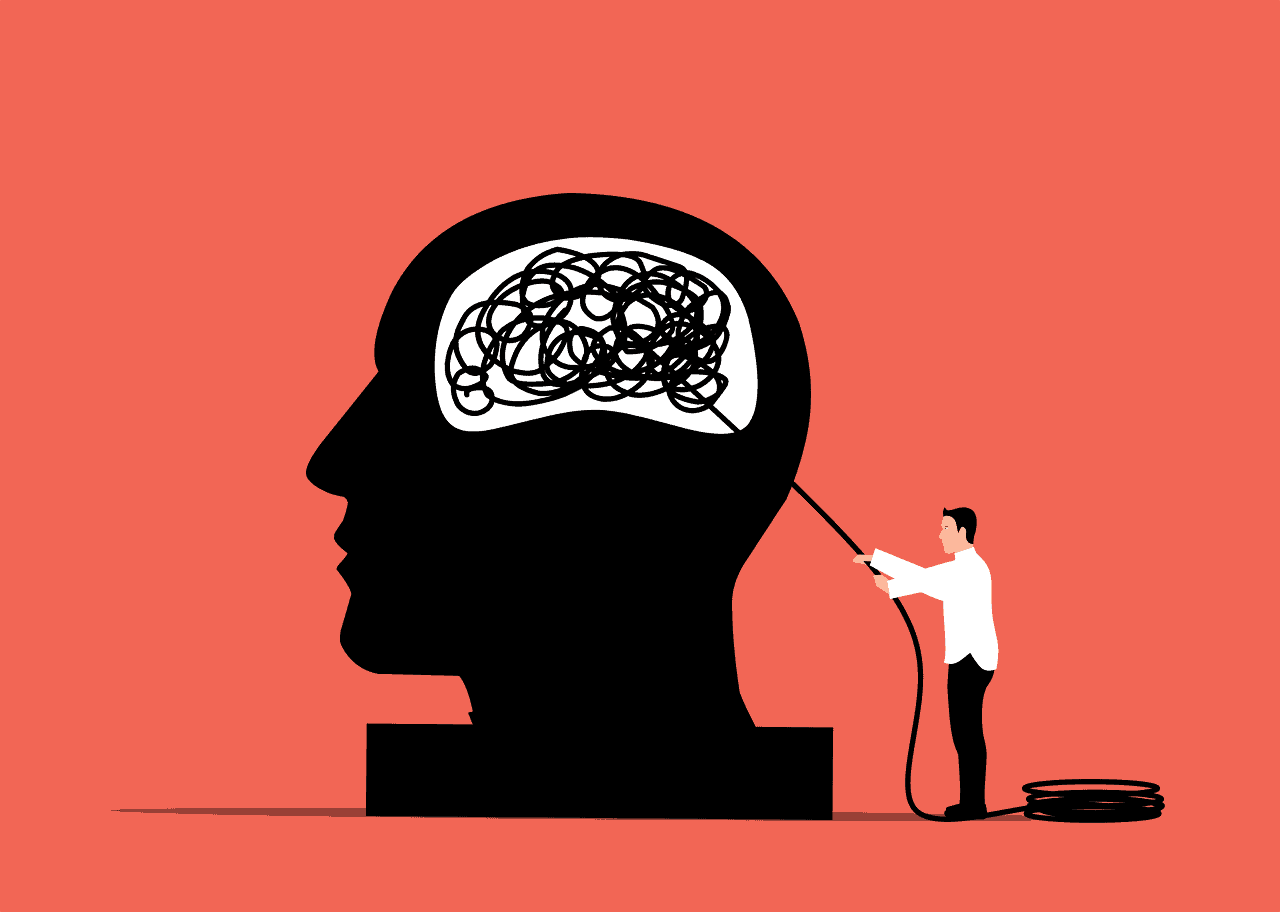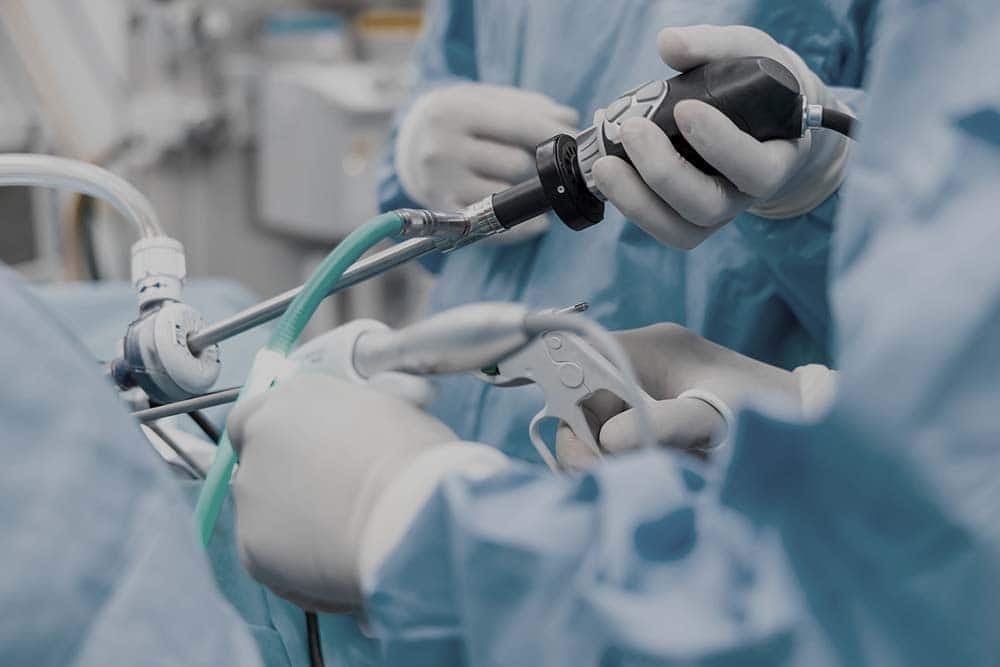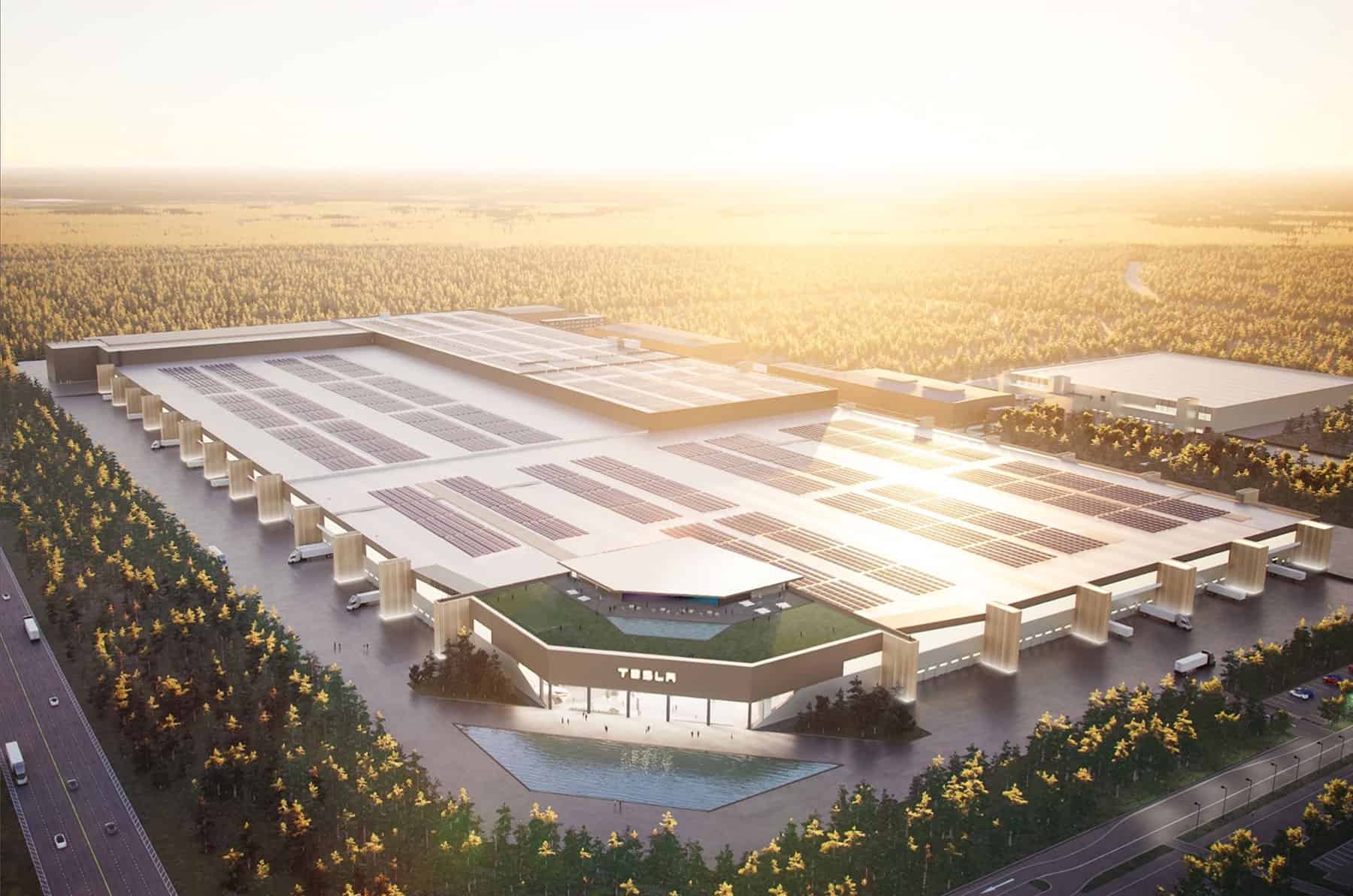
The immune system is actually supposed to fight viruses with antiviral messengers. This includes the SARS-CoV-2 virus. Most of the time this works and people who have been infected get well on their own. Some do not even have symptoms, while for others the course of the disease is more severe. Around ten percent even become so seriously ill that they have to be treated in the hospital. The assumption that a weak immune system is responsible for this is not true; In fact, it is quite the opposite. The immune system works under high pressure but does not manage to control the virus. (IO reported.) Why this is so, however, has been a mystery until now.
Researchers at Berlin’s Charité University Hospital and the Max Delbrück Center for Molecular Medicine in the Helmholtz Association (MDC) have now discovered how a defense mechanism of the immune system helps SARS-CoV-2 precisely to increasingly hijack mucosal cells of the body and multiply there. “This may give us part of the explanation for why in some people the immune system has difficulty regulating or even defeating the infection,” says Dr. Julian Heuberger, a scientist at Charité’s Department of Medicine with a focus on hepatology and gastroenterology and chief author of the study, published in the journal EMBO Molecular Medicine.
Normally, a very effective defense program in the human body fends off invaders. This is based on the interaction of various immune cells. The T cells play an important role in this process because they destroy the infected cells when they encounter viruses in the organism. They also secrete the messenger substance interferon-gamma (IFN-γ). On the one hand, this fights infective germs and, on the other hand, summons additional immune cells to the scene.
Protective mechanism is reversed
Dr. Heuberger’s team has now been able to show how SARS-CoV-2 can reverse this protective mechanism. The reason: In addition to immune cells, the body’s mucosal cells (epithelial cells) also react to IFN-γ by forming more ACE2 receptors. And these ACE2 receptors are where SARS-CoV-2 docks to enter the cells. And once a cell is infected, it again forms more ACE2, through which the virus can enter. So both the IFN-γ response of the epithelial cells and the virus itself cause an increased SARS-CoV-2 infection.
People infected with SARS-CoV-2 sometimes show gastrointestinal symptoms. Dr. Heuberger has cultured organoids of the human colon to observe the immune cascade in the intestinal cells. The colon organoids – a kind of mini-organ in a Petri dish – are based on cells derived from intestinal biopsies that grow in three-dimensionally arranged units. They replicate the physiology of the mucosal cells of the human intestinal tract. “These colon organoids are a very helpful tool,” Dr. Heuberger emphasizes. “We can use them to explore the complex interplay of different signaling pathways that control cell differentiation from stem cells to specialized epithelial cells.”
Vicious circle
The researchers first treated these cultured intestinal cells with IFN-γ to simulate the body’s immune response. Then the organoids were infected with SARS-CoV-2. The result was that increased ACE2 expression could be measured in the organoids using a special light microscope. In addition, quantitative PCR had shown increased virus production. That is, the more IFN-γ is present, the more ACE2 is produced, and the more ACE2 is produced, the more viruses can enter the cells. And the more viruses that enter the cells, the more viruses are produced. Thus, the immune response and the mucosal cell response to infection pave the way for SARS-CoV-2. A vicious cycle.
“We assume that a strong immune response can increase the susceptibility of mucosal cells to SARS-CoV-2,” says the study’s leader, Dr. Sigal, a private lecturer. He leads a research group at Charité and MDC and is a gastroenterologist at Charité. “If the IFN-γ concentration is higher in the first place or the infection triggers a very excessive production of IFN-γ, the viruses probably have an easier time entering the cells.”
Under what conditions that actually happens, however, would have to be investigated in clinical trials. The results of the study give rise to a potential treatment approach for severe COVID-19 cases, Dr. Heuberger says: “One possible strategy could be to balance the IFN-γ response with drugs.” However, the mechanisms underlying the IFN-γ response would first need to be analyzed in great detail.
Additional articles on the topic of SARS-CoV-2 can be found here.
Cover image: Intestinal organoids: After treatment with interferon-gamma, the nuclei (blue) of the epithelial cells (green) localize at the basal (outer) edge of the organoids. This is accompanied by increased production of the receptor ACE2, which SARS-CoV-2 uses as an entry port into the cells. Photo: Heuberger/Charité.








